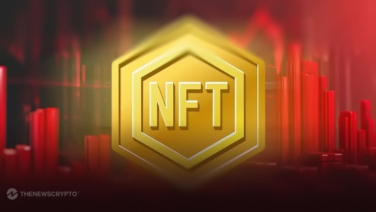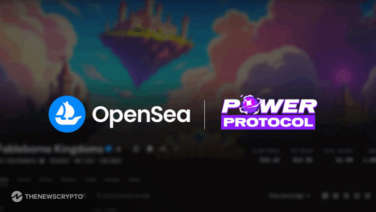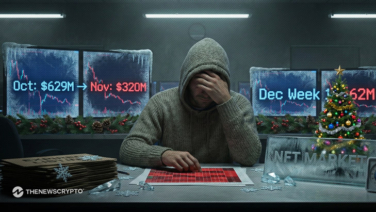- The marketplace has published a more in-depth look into its copymint policy.
- The policy has defined what qualifies as a copymint and what does not.
OpenSea has recently revealed via a blog post that it is dedicated to maintaining its position as a leader in bolstering the NFT ecosystem’s credibility and trustworthiness as it develops. In May, it shared news of a revamped verification/badging process and an automated method to assist detect, delete, and prevent copymints (fake versions of legitimate NFT content) from appearing on OpenSea. The marketplace shared a report of some early successes based on its experiences over the last several months.
1/ Can we address the 🐘 in the room? We want to provide you more clarity and transparency around our stolen items policy ↯
— OpenSea (@opensea) August 10, 2022
The leading marketplace claims to be able to assess and answer 90% of verification applications in one day and 99% of applications in seven days since it launched its new system in May, all with regards to account verification and collection badging. To better identify copymints, it can now draw on a wider pool of legitimate content thanks to the addition of additional badged collections.
Updated Copymint Policy
Next week, the marketplace plans to welcome any account with more than 75 ETH of collection volume (down from 100 ETH in May) to apply for verification and get a collection badge. It stated that its goal is to keep lowering this bar until genuine creator accounts can be confirmed.
Copymints of badged collections, including those with flips, rotations, and other permutations, may now be detected and removed from OpenSea within 2 hours of their appearance, thanks to the increasing amount of badged collections.
The marketplace has published a more in-depth look into its copymint policy after consulting with creators and collectors. This policy has defined what qualifies as a copymint and what does not.
Recommended For You:








